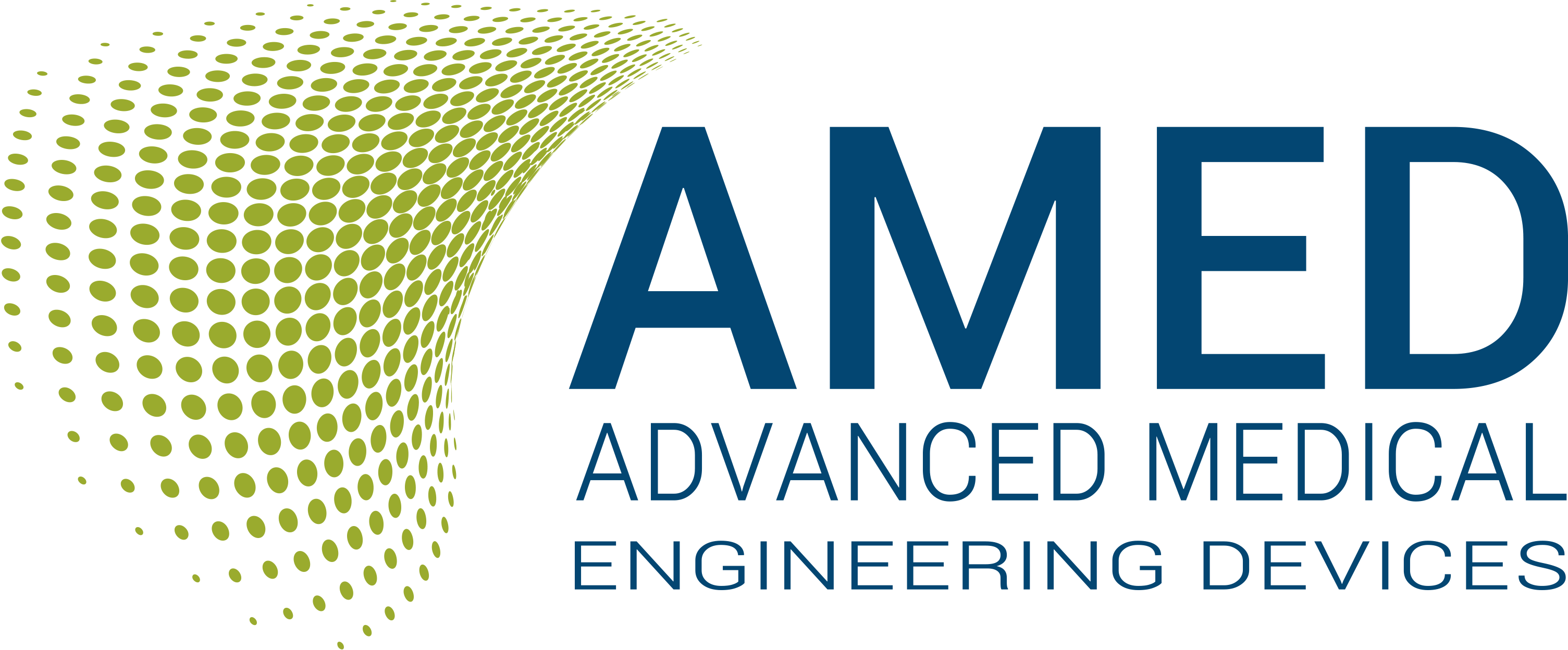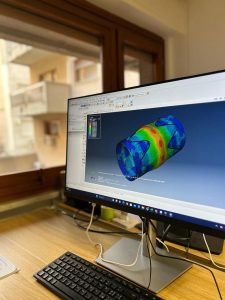


Manufacturing
Technologies adopted by AMED are:
1. Selective Laser Melting (SLM), by means an high energy - produced from a laser source - melts metallic powder, according to geometrical data contained in a 3D computer aided design (CAD) file, which is sliced into layers with a defined thickness. Melted powder solidifies as it cools. SLM machine works depositing the raw material in a layer-by-layer manner, until the required part is completely finished. SLM process uses supports in order to reinforce hangovers of the parts and to stick the design to the job tray. The support will be removed manually after cooling. AMED uses Print Sharp 150, a cutting edge machine which allows the creation of complex geometries thanks to a precision of a single line width of 0.1mm and a minimum layer thickness of 0.02mm.2. Stereolithography (SLA), a 3D printing technology to produce photopolymer parts, by using a projected UV light source to cure the resin into a solid layer by layer, therefore creating a three-dimensional structure. AMED uses Form 4B printer, which delivers production-quality and biocompatible design prototypes and end-use products with very smooth surfaces.
Design
The workflow, which AMED applied to realize custom made products, guarantees short delivery time thanks to the modern technologies adopted. Design of custom implants requires a close collaboration between AMED and surgeon. DICOM images obtained from patient’s CT scan are necessary to obtain the virtual model of the internal structure of the body. AMED provides the surgeon with a CT scan protocol, including an appropriate CT scan parameters setting and examples for correct imaging of different regions of interests. DICOM images are then processed to create the 3d anatomical model and the implant model is created making use of the computer-aided-design software, Solidworks®, by mirroring, if possible, the healthy body side, to ensure optimal aestethics of prostheses, especially cranio-maxillofacial prostheses. After surgeon approved implant design, final CAD model is then converted into stereolithography (STL) format for printing. The manufactured part is then subjected to an accurate quality control in order to verify that its dimensions differ from 3D designed model according to a defined tolerance range. The above strategies are pursued to ensure the best aesthetic as well as performant result of custom-made implants.
Materials
Metallic material used by AMED is Ti6Al4V ELI (Grade 23), an alpha + beta alloy with extra low interstitial elements (O, N, C). It guarantees high strength and long-term bone bonding. Furthermore it has low weight ratio, excellent biological compatibility, higher corrosion resistance, non-magnetic properties and high toughness. We also use biocompatible resin to realize small prostheses and polymeric parts of medical instrumentation for stent release into vascular site.


